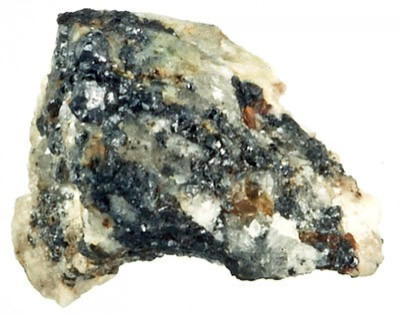Quasicrystals First Found in Nature Come from Outer Space: What are Quasicrystals?

The discovery of quasicrystals in the early 1980s won Daniel Schechtman the Nobel Prize in October and scientists found the first natural quasicrystal in 2009, but it wasn't until January that scientists announced the where the rare substance occurs in nature.
The origin? Outer space.
The tiny rock, the size of a raindrop, fell from outer space and landed in eastern Russia, only to be discovered by a group of American and Italian scientists whose work on the mineral khatyrkite appeared in the journal the Proceedings of the National Academy of Sciences in December.
The finding is important evidence that quasicrystals can form in nature under astrophysical conditions, and provides evidence that this phase of matter can remain stable over billions of years, physicist Paul Steinhardt, Princeton University professor and one of the research leaders, told Physorg.com.
So, what's the big deal with quasicrystals?
In crystals, the atomic structure has highly-arranged layouts of regularly repeating clusters, much like the grid system in New York City. However, in quasicrystals, this fundamental rule is thrown out the window and instead, much like the street system of London, the atomic arrangement can have two or more types of repeating clusters.
Reserachers have also made the analogy to mosaics, tiles lock together when triangles, squares or hexagons, but never when pentagons. However, quasicrystals are the equivalent of having pentagons locking together to form a crystal.
Synthetic quasicrystals are already being used in surgical instruments for their hardness, LED lights and non-stick fry pans because they are good insulators.
© Copyright IBTimes 2024. All rights reserved.





















